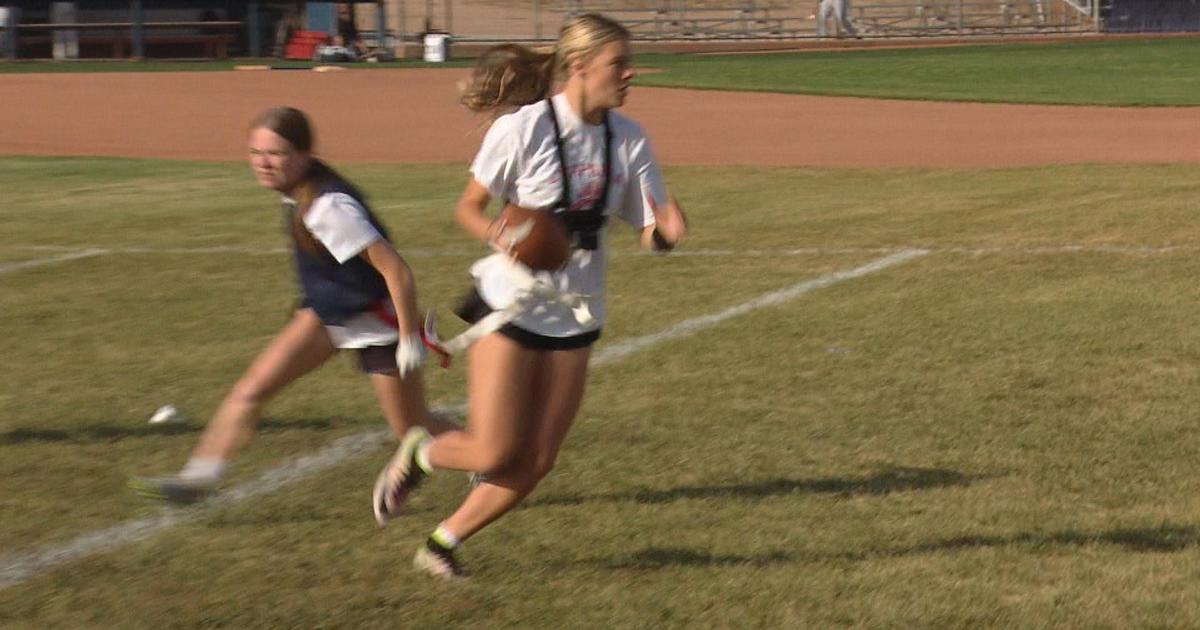Maryland Zoo Reopens Oldest Section Of Facility As Walking Path
BALTIMORE (WJZ) -- The Maryland Zoo reopened the oldest section of the zoo Wednesday as a footpath for visitors to dive deeper into the history of the facility. The path is also a sort of scenic shortcut from the front gate to the most popular zoo habitats.
The "Main Valley" is where the zoo began in the mid-1800s as an informal menagerie of random animals entrusted to the Park Superintendent by locals, the zoo said. But in 1876, the Maryland General Assembly agreed to formally create "a zoological collection within the limits of Druid Hill Park for the purpose of public exhibition for the instruction and recreation of the people."
The zoo closed the Main Valley in 2004, and the antiquated area became a service drive for employees. Over the years, plants reclaimed the iron cages, stone dens and other buildings in the section, but the zoo removed the growth and paved a path for visitors. There will be signage so visitors know what they're looking at.
"With the addition of signs highlighting interesting moments in Zoo history, we are happy to welcome Zoo guests to experience a walk through the past, which we hope will showcase how far zoos have come from menageries to conservation centers for endangered species."
The zoo said some of the historic buildings and exhibits that guests will pass include:
- Iron-barred cages and stone dens were constructed from 1902 through the 1930s, many of them as part of President Franklin D. Roosevelt's Works Progress Administration (WPA). They are relics of an older era when the goal was to showcase exotic animals to a curious public.
- Built in 1930, the Crane Barn was originally known as the Camel House. It has housed several different species over the years, including camels, zebra, moose, and cranes. Currently, there are Abyssinian ground hornbills living at the Crane Barn.
- The Round Cage is the oldest exhibit at the Zoo. It was considered state-of-the-art when it was built in the late 1800s.
- The Round Stand structure was built in the 19th century when the Mansion House was still a private home. Originally, it served as a covered hitching post for horses. Years later, it was converted into a reptile house, a monkey house and then into a refreshment stand for Zoo visitors. The Round Stand has undergone a small restoration which included patching up the roof and repainting the building to what are believed to be the original paint colors.
- An aquatic exhibit built in 1910 across from the Elephant House became home to the Zoo's sea lions. Many years later, the water was drained and the pool filled with dirt to create a home for prairie dogs. The prairie dogs moved from the Main Valley to a renovated habitat near the Zoo entry in 2009.
- The polar bear exhibit opened in 1942 and housed polar bears until the last residents, Magnet and Alaska, moved to Polar Bear Watch in 2004.
- Mary Ann, the Zoo's first elephant, moved into the brand-new Elephant House in 1926. That same year, a 600-pound baby Nile hippopotamus named George was transported to Baltimore from the National Zoo in Washington, D.C. George was the Zoo's first hippopotamus and he lived at the opposite end of the building from Mary Ann. For several decades, Nile hippos and elephants lived on opposite sides of the building, each with a small outdoor area. The hippos moved into the Hippo House in 1967, and the elephants moved to the expanded elephant habitat in The African Journey in 1985.
- Down the hill past the Old Elephant House are the Upper and Lower Wading Bird yards, originally built in part to house penguins, which later took up residence at Rock Island and now Penguin Coast. These yards were also once home to the Zoo's flock of flamingos and a wide variety of ducks and other small waterfowl.
Some bird species reside in the Crane Barn, but there won't be animals in the antiquated cage and exhibits.
"Animals will not be returning to the obsolete cages, but we have launched a planning process to consider ways to accommodate the return of animals to Main Valley at some point in the future," said Fowler.



